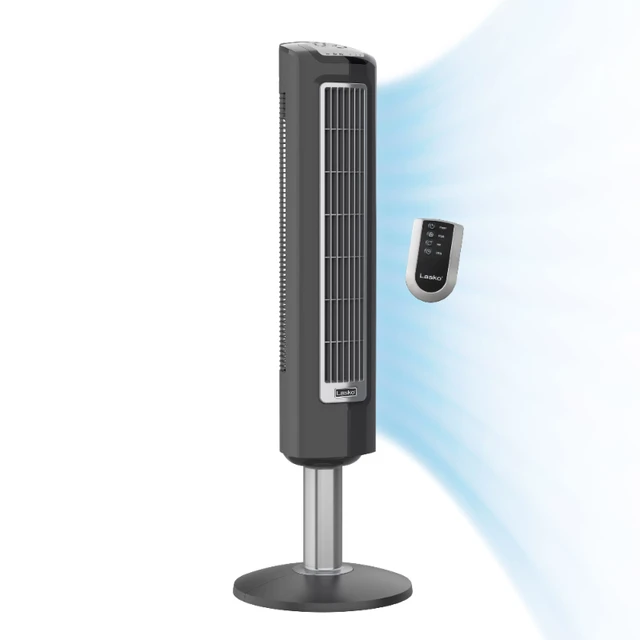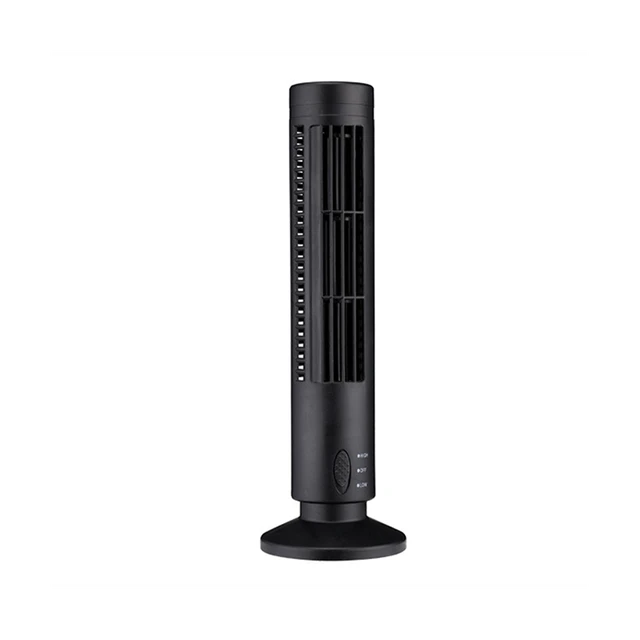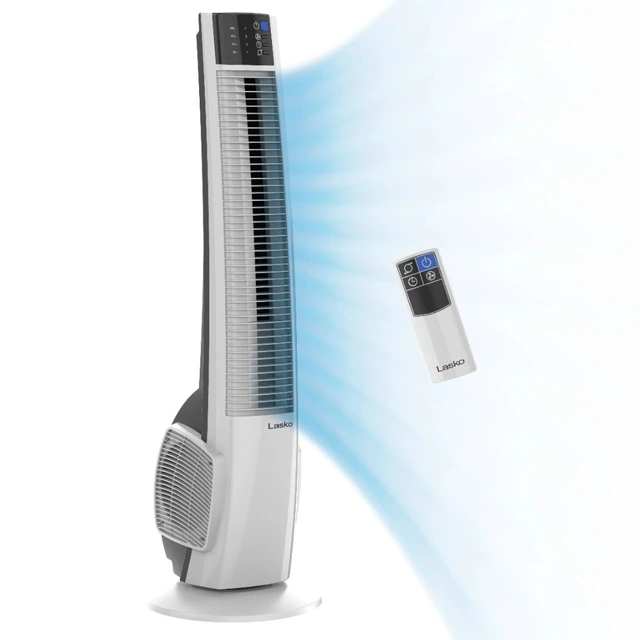Introduction
Tower fans are essential appliances for maintaining comfortable airflow in homes and offices. However, it is not uncommon for tower fans to accumulate dust quickly, leaving a layer of unsightly particles on the fan blades and housing. Understanding the causes of dust buildup in a tower fan can help identify effective strategies to minimize the accumulation and maintain cleaner air quality. In this comprehensive guide, we will explore the various factors that contribute to dust accumulation in tower fans. By addressing these factors, implementing preventive measures, and adopting proper cleaning techniques, you can reduce dust buildup and enjoy a cleaner and more efficient tower fan.

Why does my tower fan get so dusty?
I. Air Circulation and Dust Movement
1. Air Movement:
- The primary function of tower fans is to circulate air in a space, providing cooling or ventilation. As the fan blades rotate, they create airflow that can displace dust particles present in the surrounding environment.
2. Dust Particles in the Air:
- Dust particles are tiny particles that are present in the air and can be easily disturbed by any form of air movement. These particles can include dirt, pollen, skin cells, pet dander, fabric fibers, and other microscopic debris.
3. Dust Settling:
- When the air movement from the tower fan subsides, the dust particles that were previously disturbed eventually settle back onto surfaces, including the fan blades and housing.

II. Factors Contributing to Dust Accumulation
1. Proximity to Dust Sources:
- The location of the tower fan in relation to dust sources greatly affects the rate of dust accumulation. Dust sources may include open windows, high-traffic areas, construction sites, or activities that generate airborne particles.
2. Open Windows and Doors:
- Tower fans placed near open windows or doors can draw in dust and outdoor pollutants. The airflow created by the fan can facilitate the entry of outside dust particles into the indoor environment.
3. High-Traffic Areas:
- Tower fans positioned in high-traffic areas can attract dust particles generated by foot traffic, furnishings, or other activities. Increased movement in these areas can stir up more dust, leading to enhanced accumulation on the fan.
4. Lack of Air Filtration:
- Tower fans do not typically incorporate air filtration systems. As a result, they do not remove dust particles from the air as effectively as dedicated air purifiers or HVAC systems, contributing to higher dust accumulation.
III. Environmental Factors
1. Open Construction or Renovation:
- Construction or renovation activities in or around the premises can release significant amounts of dust. If the tower fan is operating during such activities, it can draw in and collect airborne particles, causing faster dust buildup.
2. Poor Indoor Air Quality:
- Dust accumulation can be more pronounced in environments with poor indoor air quality. Factors such as excessive indoor pollutants, high humidity levels, or inadequate ventilation can contribute to increased dust levels.
3. Flooring and Carpeting:
- Certain flooring materials and carpeting can generate more dust compared to others. Carpets and rugs, in particular, can trap dust and other allergens, which can later be dispersed by the airflow from the tower fan.
IV. Preventive Strategies to Reduce Dust Buildup
1. Optimal Fan Placement:
- Position the tower fan away from direct exposure to open windows, doors, or high-traffic areas to minimize the amount of dust drawn into the unit. Placing it strategically in a well-ventilated space can help reduce the influx of airborne particles.
- Regular Room Cleaning:
- Regularly clean and dust the room to reduce overall dust levels. Vacuuming carpets, dusting surfaces, and using microfiber cloths to wipe down furniture can help limit dust buildup, which can subsequently reduce the accumulation on tower fans.
3. Air Filtration Systems:
- Consider using dedicated air purifiers or HVAC systems that incorporate effective air filters. These systems can help capture dust particles from the air, reducing the amount of dust that settles on the tower fan and other surfaces.

V. Cleaning Techniques for a Cleaner Tower fan
1. Unplugging for Safety:
- Before cleaning the tower fan, always unplug it from the power source to minimize the risk of electrical shock.
2. Dry Dusting:
- Regularly dust the tower fan with a soft brush or microfiber cloth to remove loose dust and debris on the blades and housing. Dry dusting helps prevent the accumulation of additional moisture that can lead to further dust adhesion.
3. Vacuum Cleaning:
- Utilize a vacuum cleaner with a brush attachment or a handheld vacuum to gently remove dust and debris from the fan blades and housing. Be cautious not to apply excessive force or damage delicate components.
4. Compressed Air:
- An air duster or compressed air can be used to dislodge dust and debris from hard-to-reach areas, such as crevices or vents. Direct the air flow carefully to prevent scattering the dust or causing it to become lodged within the fan.
5. Cleaning Solutions:
- For more thorough cleaning, consider using mild cleaning solutions specifically formulated for electronics or delicate surfaces. Apply the cleaning solution to a soft cloth and gently wipe the fan blades and housing. Avoid spraying directly onto the fan.

VI. Routine Maintenance and Care
1. Regular Cleaning Schedule:
- Establish a routine cleaning schedule for the tower fan to prevent excessive dust accumulation. Frequency may vary depending on the environment, but cleaning once a month or as needed is generally recommended.
2. Filter Replacement, if applicable:
- Some tower fans may have removable or washable filters. If your fan has filters, refer to the manufacturer’s instructions for cleaning and replacement recommendations.

VII. Conclusion: Managing Dust Buildup in a Tower fan
Dust accumulation in a tower fan is a common issue due to the nature of airflow and the environment in which it operates. Dust accumulation can cause the fan blades to become unbalanced, resulting in increased noise during operation. Understanding the factors that contribute to dust buildup, such as proximity to dust sources, environmental factors, and poor indoor air quality, can help implement preventive strategies.
By adopting proper cleaning techniques, positioning the tower fan strategically, practicing regular room cleaning, and utilizing air filtration systems, you can minimize dust accumulation and maintain cleaner air quality. Routine maintenance and care will help ensure the tower fan operates optimally, providing effective airflow and maintaining a healthier environment.
Remember to always refer to the manufacturer’s instructions for cleaning and maintenance specific to your tower fan model. By implementing these strategies, you can reduce dust buildup and enjoy a cleaner and more efficient tower fan for prolonged periods.
